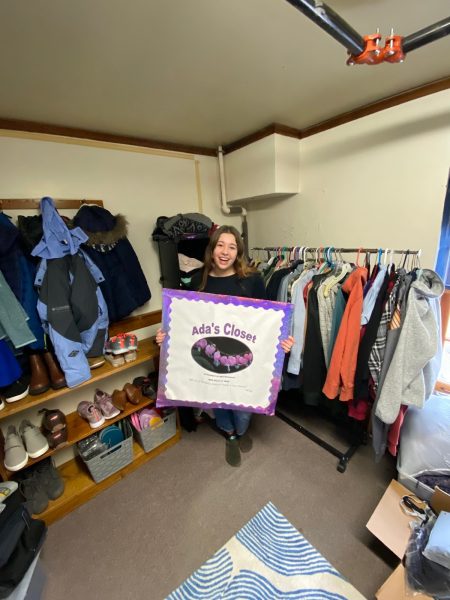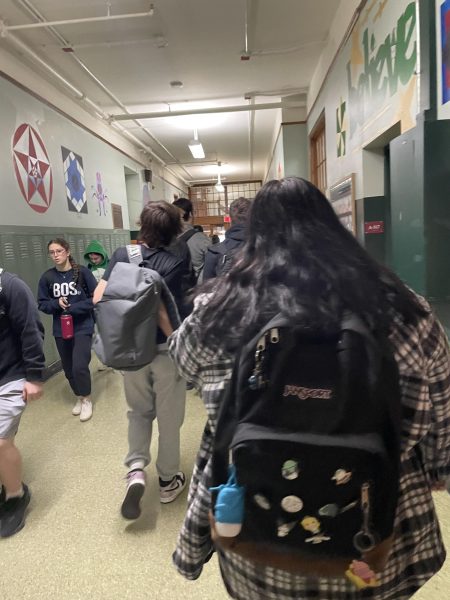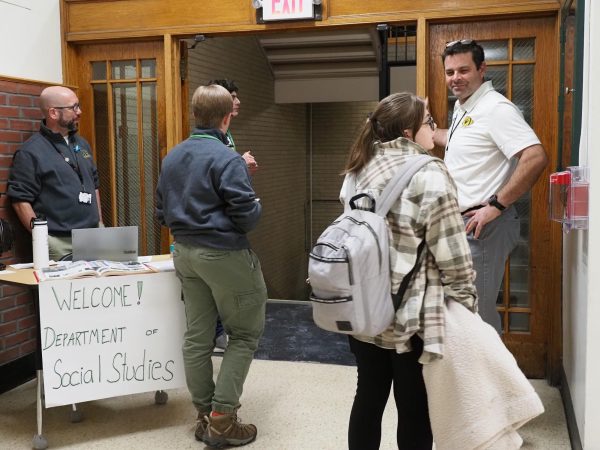Juvenile Incarceration

Photo credit: https://navajotimes.com/reznews/jails-face-shutdown-tribe-comes-rescue/
March 28, 2021
The United States of America is the world leader in prison, incarcerating 2,121,600 people at the time of this 2018 study by the Institute for Criminal Policy Research. According to this 2015 study by The Sentencing Project, America is also the only country in the world that sentences people under 18 for life.
Within the United States, Vermont is often regarded as one of the safer, and less dynamic states, largely thanks to our relatively low population. However, the incarceration rate of our state suggests a much more interesting undertone to Vermont’s typically lackadaisical surface. According to the Prison Policy Initiative, our state has imprisoned 328 out of every 100,000 people, meaning over 2,000 Vermont residents are behind bars, 30 of which at the time of the Initiative’s research were under 18.
Kieran Kivlehan, Integrated English Teacher for the Northwest Career and Technical Center, used to teach in a transition program for youth offenders offered at Peru High School in New York and was able to provide insight into the sentiments behind Vermont’s youth prison programs.
From his perspective, Kivlehan believes that the end goal of youth prison programs is to separate the offender from certain stimuli that were consistently sending them down the wrong path. Also, to rehabilitate and re-educate them, hopefully sending them back on the right path to continue their lives, and possible education, after serving their sentence and obtaining their high school diploma through the program.
“The end goal was to take [students] out and away from the elements that were sending them down the wrong path consistently, separating them while maintaining the goal of graduating high school,” Kivlehan said.
Youth prison education programs, as well as state-level programs designed to keep youth out of prison, practice such preventative measures in hopes that offenders don’t continue down the wrong path and find themselves in the school-to-prison pipeline. One major concern among program staff was the potential for minors to be moved away from family and friends.
“Often, the mentality was that a prisoner, when going to jail, will be moved, say, 500 miles away from where they live because [programs] want them to be cut off from…an extreme setting that makes it difficult for some people,” Kivlehan said.
If anything, the hope is that the kids that go through any of these programs leaves toward a brighter future than before.










